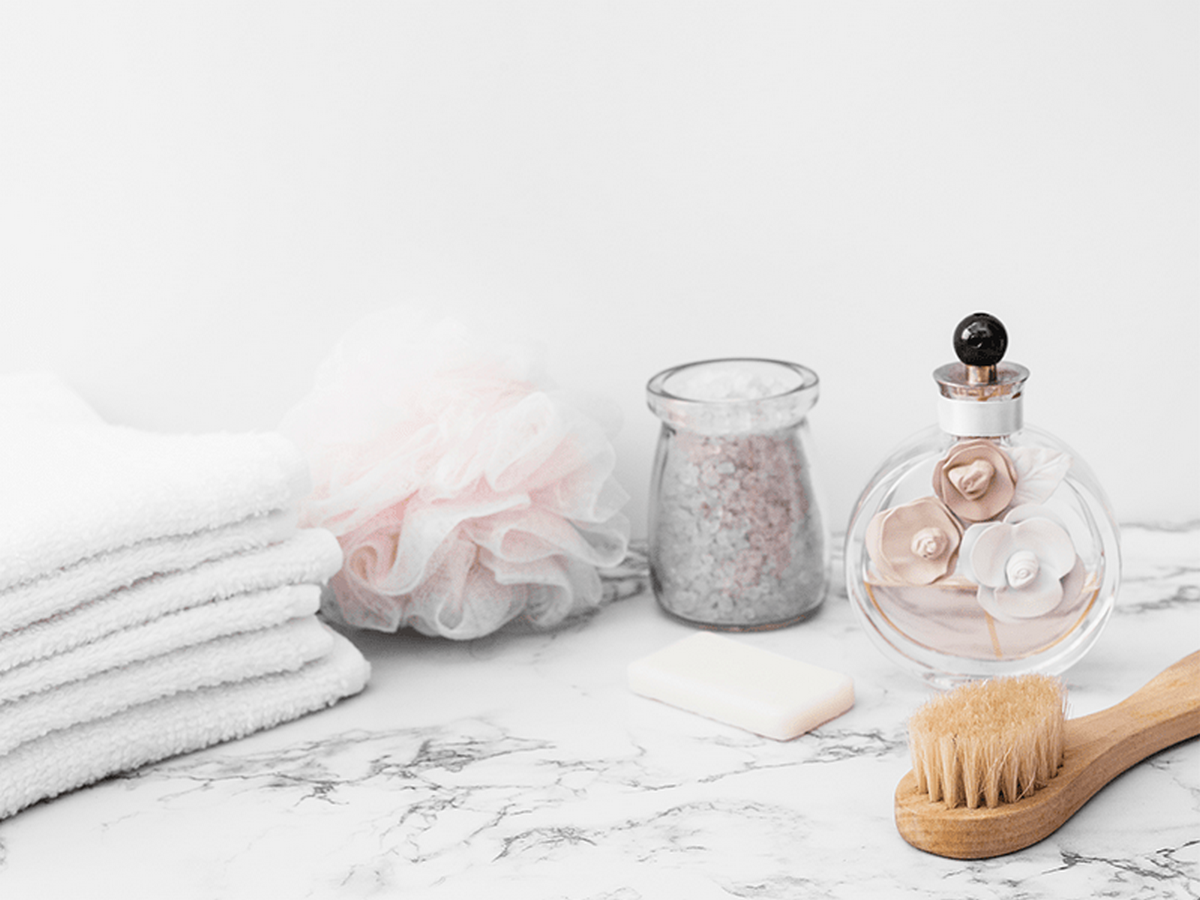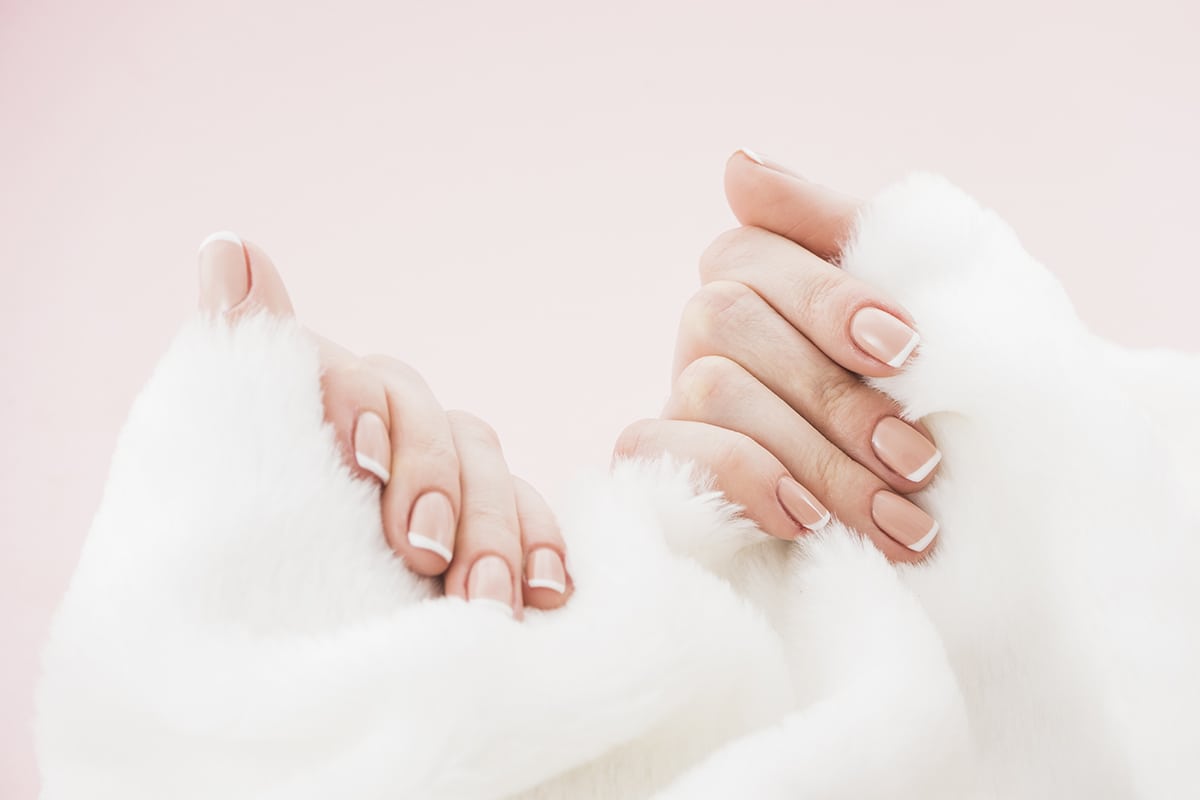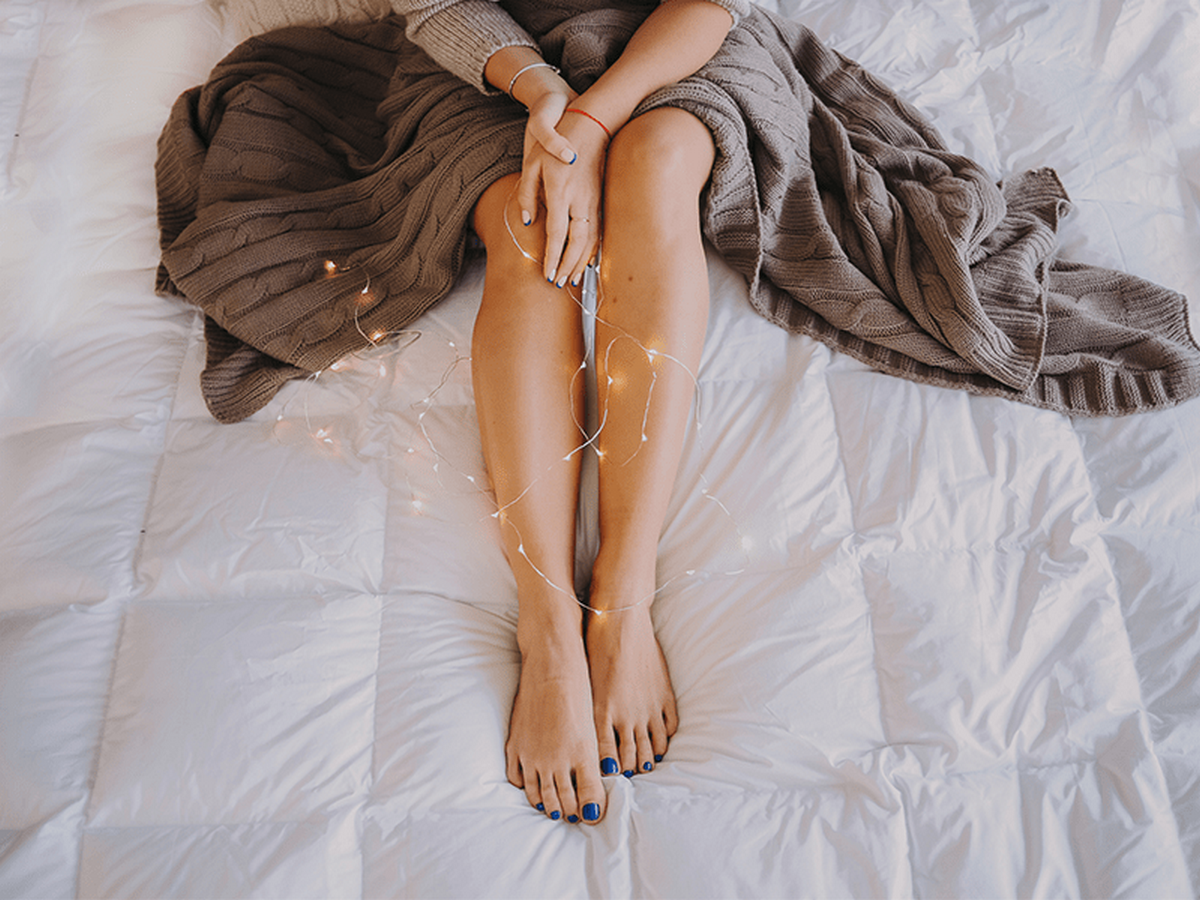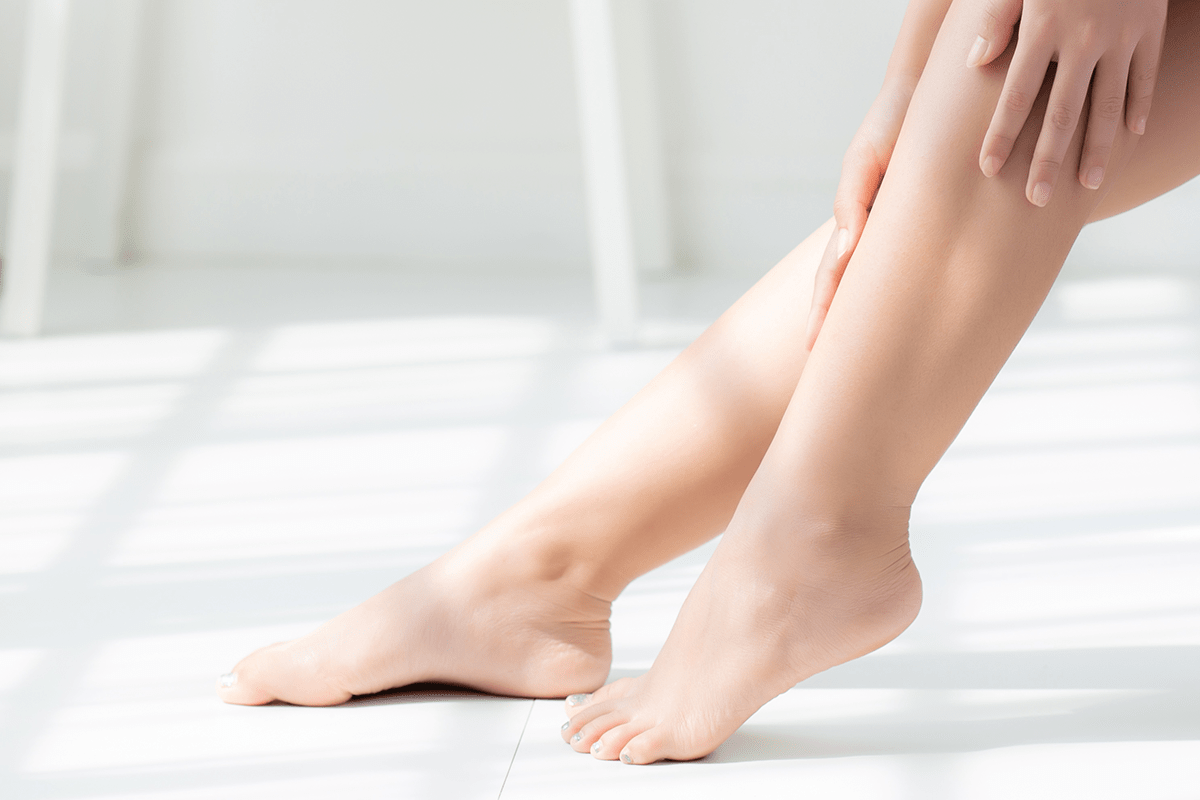How to treat corns and calluses

Although we usually neglect our feet and do not give them the attention they need, foot care is very important! Among the most common problems of feet are calluses.
Table of Contents
What are corn and calluses?
The calluses, often appear on the tops and sides of the toes, but they can also develop on the joints. Their color can range from white, grey or brown depending on the type of skin. The calluses are thickened and hard areas of skin that grow internally in a conical shape. As the callus grows inward through the layers of the skin, it presses the skin’s nerves and thus there is intense pain and discomfort during walking or after direct pressure. The calluses can be distinguished according to the point, the hardness and the degree of damage they have caused.
How do calluses develop?
Normally our skin consists of several layers. The outer layer of the epidermis is the toughest and protects the most sensitive and soft inner layers. The calluses are created on the outer skin layer as a result of repeated friction or increased pressure in certain areas of the body (hyperkeratosis of the skin).
The most common cause is inappropriate or tight shoes. As long as the cause remains, the callus gradually develops and becomes stiffer and deeper, thus affecting deeper layers of skin and pushing the nerves surrounding it. Common factors that cause or increase the chances of developing calluses are:
- Unsuitable footwear (tight shoes, with heels etc)
- Inappropriate walking or standing on feet
- Increased leg strain
- Injuries
- Heredity
- Diabetes
- Arthritis etc
Prevention and treatment of corn and calluses
The first step is to relieve the callus from high mechanical pressures. This in practice means choosing a comfortable pair of shoes that fit properly. Then we choose the shoes to be made of soft materials, do not have internal seams or bulges and do not put pressure on the feet.
If you already have corn or calluses do not try to remove them by yourself with a knife or sharp object as it is most likely to cause damage or wound the surrounding tissues. It is more advisable to follow the instructions below:
- Soften your skin with a daily foot bath or soaking your feet in water with salt or Epsom salts for 5 to 10 minutes.
- Then thoroughly rub the area with a pumice stone or a rasp.
- After wiping your feet well, apply special softener or callus creams to provide the moisture required in the area. Do not use caustic fluids to remove calluses.
- When wearing shoes, use special calf pads to reduce shoe pressure at the point of callus, while softening the callus due t salicylic acid.
- If you have diabetes, contact a pοdiatrist, as the callus may indicate more serious complications, such as an ulcer. Do not use callus pads if you suffer from diabetes only moisturizing – softening creams.
- Repeat the procedure daily until the calluses and hardenings disappear.
Disclaimer
The content of this blogspot is not and can not be considered as medical advice, diagnosis or treatment. All information is provided to readers solely for informational purposes. There is no intention to substitute this content for personalized medical advice, diagnosis, prognosis or treatment.





Leave a comment